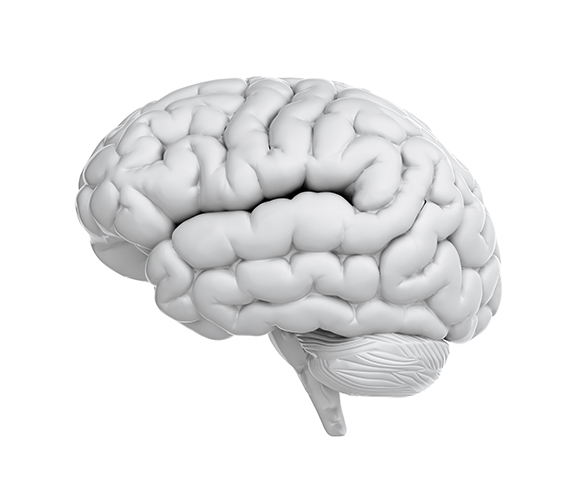Memory and language problems, difficulty performing everyday tasks – when we think of dementia, we default to Alzheimer’s, but its far from the only form of dementia that can cause problems of this nature. But most of these brain problems have several things in common: their causes are not well understood and good treatments are not readily available – if any treatments are available at all.
At the Toronto Western Research Institute’s Krembil Neuroscience Centre (TWRI is one the principal research institutes of the University Health Network of academic teaching hospitals associated with the University of Toronto), researchers have made a discovery that may lead to effective treatment for more than one form of dementia. Our brains have thin layers of grey matter on the outside, but inside, they are filled with white matter consisting of at least 100,000 kilometres of nerve fibres that connect grey matter with the spinal cord and the rest of the body.
The emergence of technologies like CT and MRI scanning in the 1980s, have enabled doctors to see that that the white matter of the brain commonly tends to degenerate as we get older. More than half of the population show signs of this degeneration (which makes the white tissue spongy) by age 60.
While this change was originally considered simply a fact of aging, medical experts have realized that large areas of white matter disease contributes greatly to the development of dementia.
Neuroradiologist, Dr. Daniel Mandell, from the Joint Department of Medical Imaging (JDMI) at the Krembil Neuroscience Centre, led a team of researchers in a search for the causes white matter disease. This led them to look into the repeated occurrence of tiny, undiagnosed strokes While such strokes would cause an unnoticable loss of brain function on its own, they might actually accumulate over the years, eventually causing enough damage to cause dementia.
The team tested their theory on a group of 57 to 79 patients who had histories of moderate-to-severe white matter disease and without any evidence of previous strokes. By taking MRI scans of their brains every week for 16 weeks, the researchers saw many new, micro strokes in the white matter. These strokes presented no obvious stroke symptoms like weakness or interference with vision or speech.
Investigators were surprised to see strokes occurring in most of study participants. “But even more interesting,” said Mandell, “we noticed that over the course of the study, the damage from these tiny strokes became indistinguishable from the participants’ existing white matter disease.
“If the study participants had only had two MRIs, once at the beginning of the study and again 16 weeks later, it would have been impossible to tell that their worsening white matter disease was caused by strokes.”
Published in the journal Annals of Neurology, Dr. Mandell’s research gives us important new insights into the understanding of dementia and the aging brain.







